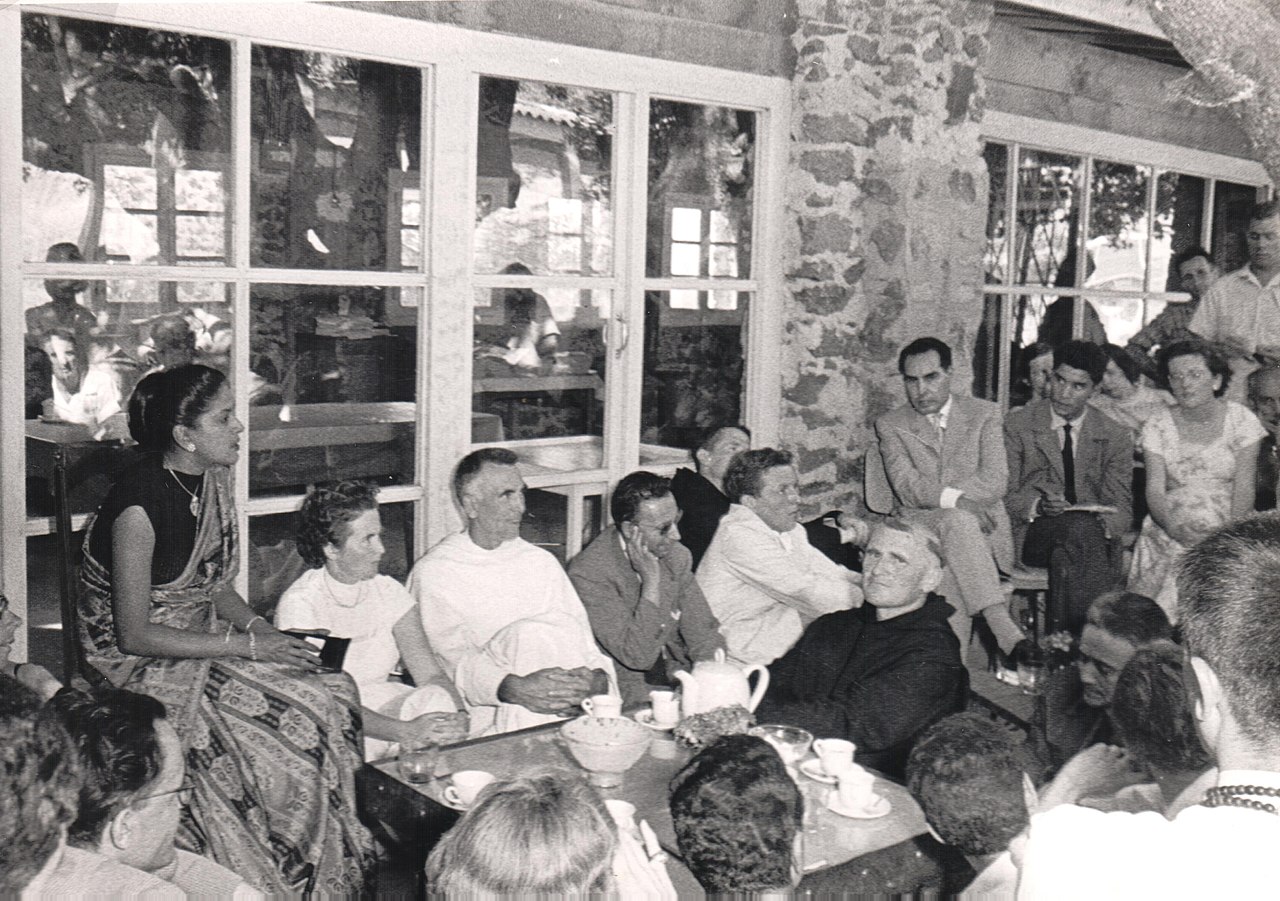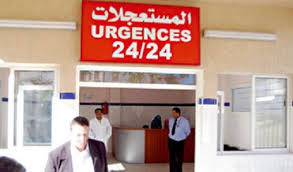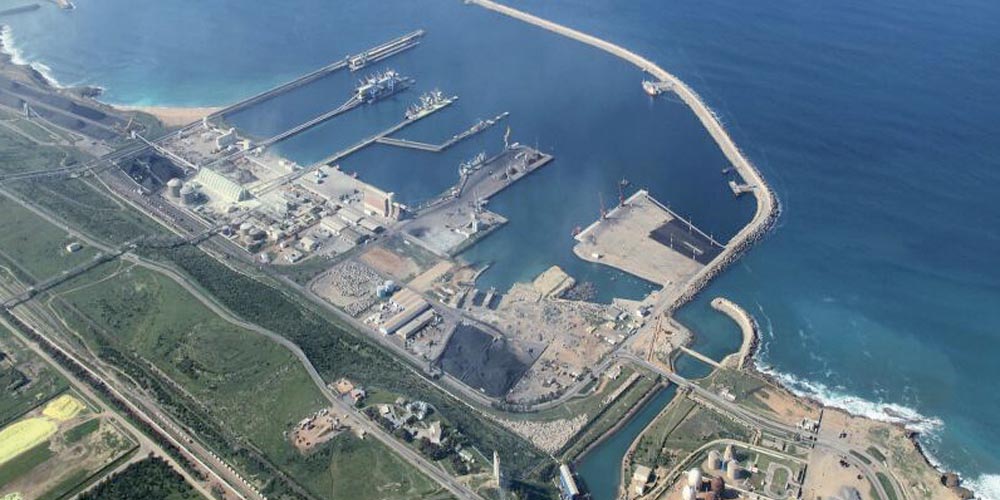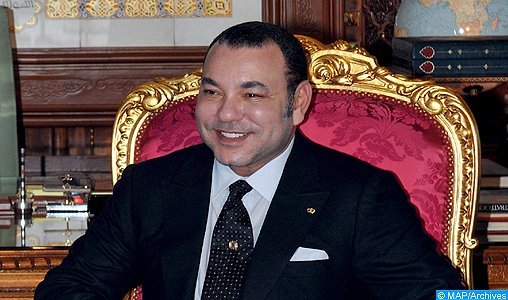In the serene Middle Atlas Mountains near Azrou, Morocco, a quiet revolution in interfaith understanding is taking place. The historic Toumliline Monastery, once a thriving centre of dialogue and cultural exchange, is experiencing a remarkable rebirth. This restoration project not only preserves a significant piece of Morocco’s diverse heritage but also revives its spirit of openness and interfaith harmony.
A Rich History of Dialogue
Founded in 1952 by French Benedictine monks, Toumliline Monastery quickly became more than just a place of Christian worship. The monks, defying colonial pressures, embraced their role as guests in Morocco. They learned Arabic and Tamazight, forging deep connections with the local Amazigh community.
The monastery’s golden age began shortly after Morocco’s independence in 1956. Under the patronage of King Mohammed V, it became a unique venue for international gatherings. These meetings brought together diverse voices – from French Jewish philosophers to local farmers – all seeking common ground across religious and cultural divides.
From Decline to Rebirth
Despite its influential role, Toumliline faced challenges. Political tensions of the 1960s and financial strains led to its closure in 1968. For decades, this once-vibrant centre of learning and dialogue lay dormant.
Today, a coalition of organizations is breathing new life into Toumliline. The Fondation Mémoires pour l’Avenir, in partnership with the Ta’aruf Interfaith Centre of the Rabita Mohammedia of Ulema, and supported by the Belgian Future 21 Foundation and USAID, is spearheading the “Reinventing Toumliline” project.
Restoration and Revival
The first phase of this ambitious project has focused on the monastery’s chapel. Its renovation, celebrated in a ceremony last Month, marks a significant milestone. Aimee Cutrona, Deputy Chief of Mission at the U.S. Embassy in Morocco, highlighted the project’s importance, stating it “underscores the leadership of HM King Mohammed VI in promoting interfaith dialogue.”
But the vision for Toumliline extends far beyond physical restoration. Lamia Radi, President of Fondation Mémoires pour l’Avenir, envisions the monastery as a living museum and a base for regional eco-tourism.
The tourism plans include:
– Creating an educational “itinerary of memory” to explain the site’s history to visitors,
– Restoring the monks’ famous botanical and Buddhist gardens,
– Establishing fruit tree nurseries and medicinal herb processing, providing sustainable income for local communities, and
– Training local youth as “global guides” to share the monastery’s unique story.
A Symbol of Morocco’s Multicultural Heritage
The Toumliline project reflects Morocco’s commitment to its diverse cultural roots. By preserving this Christian monastery in a predominantly Muslim country with a rich Jewish heritage, Morocco reaffirms its role as a beacon of religious tolerance in the region.
Local memories of the monastery’s impact remain strong. One Muslim elder recounted how a monk once braved a snowstorm to bring medicine for his ailing sheep – a testament to the bonds forged between the monks and their neighbors.
Looking to the Future
As the world grapples with rising intolerance, the rebirth of Toumliline offers a timely reminder of the power of dialogue and mutual respect. The “spirit of Toumliline” – a legacy of fraternity and openness to diverse peoples and beliefs – is finding new expression through this restoration project.
The monastery’s revival is not just about preserving the past; it’s about creating a sustainable future. By connecting the site to existing cultural and natural attractions in the region, the project aims to boost local tourism and provide economic opportunities for the community.
In the words of Lamia Radi, the goal is to make Toumliline “a nursery, a grove of tolerance.” As this historic site opens its doors once again, it stands as a powerful symbol of Morocco’s commitment to interfaith dialogue and cultural preservation – a living testament to the enduring value of understanding and respect across all boundaries.



